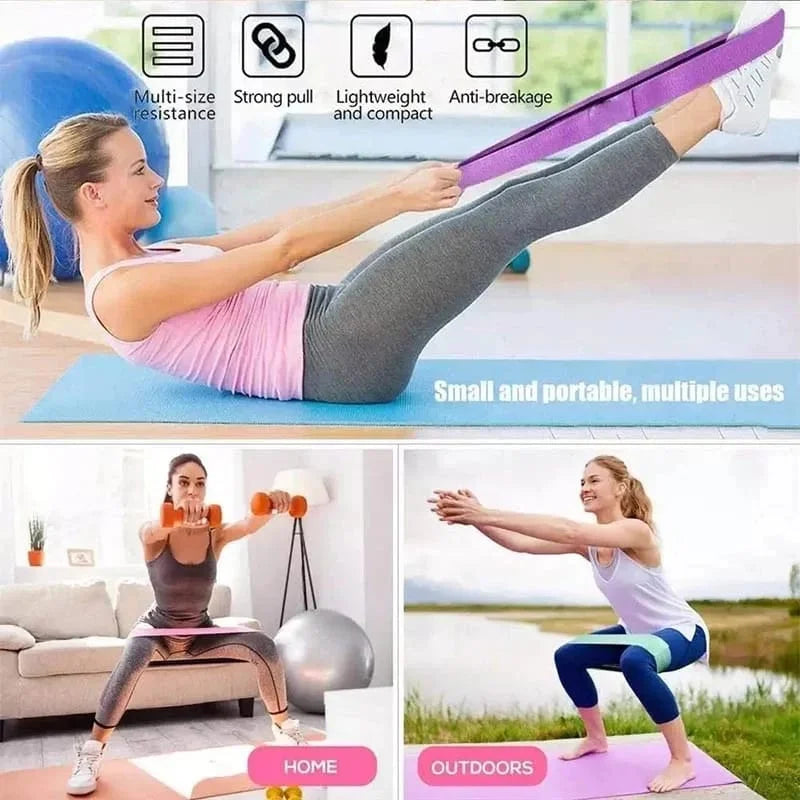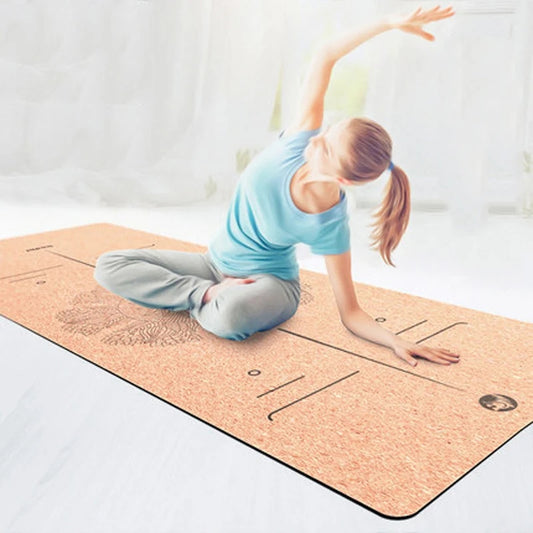Kundalini yoga is a dynamic and powerful practice that aims to awaken the dormant spiritual energy known as Kundalini, which is believed to be coiled at the base of the spine. This form of yoga combines physical postures (asanas), breathing techniques (pranayama), chanting (mantras), and meditation to promote spiritual growth and self-awareness.
Here are the key elements, benefits, and tips for practicing Kundalini yoga:
Key Elements of Kundalini Yoga:
- Kriyas: A series of specific exercises and postures designed to achieve a particular effect, such as cleansing the body, balancing energy, or developing certain spiritual qualities.
- Pranayama: Breathing techniques used to control and channel the flow of prana (life force) within the body. These include breath of fire (rapid, rhythmic breathing) and long, deep breathing.
- Mantras: Sacred sounds or phrases chanted to focus the mind and connect with higher consciousness. Common mantras include "Sat Nam" (Truth is my identity) and "Ong Namo Guru Dev Namo" (I bow to the Divine Teacher within).
- Mudras: Hand gestures that direct energy flow and enhance meditation.
- Meditation: Various forms of meditation are used to still the mind and connect with inner wisdom. These may include silent meditation, guided visualization, or mantra meditation.
- Bandhas: Body locks that help to control and direct energy flow within the body.
Benefits of Kundalini Yoga:
- Enhanced Self-Awareness: Awakening Kundalini energy can lead to greater self-awareness and spiritual insight.
- Improved Mental Clarity: Regular practice helps clear the mind and improve focus and concentration.
- Emotional Balance: Kundalini yoga promotes emotional healing and stability by releasing stored stress and trauma.
- Increased Vitality: The practice energizes the body and mind, increasing overall vitality and well-being.
- Spiritual Growth: Kundalini yoga can accelerate spiritual growth and development, connecting practitioners with their higher selves.
- Stress Relief: The combination of movement, breath, and meditation helps to reduce stress and anxiety.
Example Kriya for Beginners:
Ego Eradicator:
- Posture: Sit in a comfortable cross-legged position (Easy Pose).
- Arms: Raise your arms to a 60-degree angle with fingers curled into the pads of your hands (thumbs pointing up).
- Breath: Practice Breath of Fire, a rapid and rhythmic breathing technique. (Note: Beginners may start with slow, deep breathing until comfortable with Breath of Fire.)
- Focus: Close your eyes and focus at the brow point (third eye).
- Time: Continue for 1-3 minutes.
- Finish: Inhale deeply, hold the breath, bring your thumbs to touch above your head, and spread your fingers wide. Exhale and release your arms down.
Sat Kriya:
- Posture: Sit on your heels in Rock Pose (Vajrasana). If uncomfortable, you can sit in Easy Pose.
- Mudra: Interlace your fingers with the index fingers extended and pointing up (Venus Lock). Men place the right thumb over the left, women place the left thumb over the right.
- Mantra: Chant "Sat Nam" in a steady rhythm. "Sat" as you pull your navel in and "Nam" as you release it.
- Time: Continue for 3-5 minutes. Beginners may start with 1 minute and gradually increase.
- Finish: Inhale deeply, squeeze the muscles from the buttocks to the neck, exhale, and relax.
Tips for Practicing Kundalini Yoga:
- Find a Qualified Teacher: Especially for beginners, it's beneficial to learn Kundalini yoga from a certified instructor who can guide you safely through the techniques.
- Dress Comfortably: Wear loose, comfortable clothing, preferably in natural fibers. Many practitioners wear white to enhance the aura and cover the head with a scarf or turban to contain energy.
- Create a Sacred Space: Practice in a quiet, clean, and comfortable space where you won’t be disturbed.
- Start Slowly: Begin with shorter sessions and gradually increase the duration as you become more comfortable with the practices.
- Listen to Your Body: Pay attention to your body’s signals and avoid pushing beyond your limits. Modify poses and techniques as needed.
- Consistency: Regular practice is key to experiencing the benefits of Kundalini yoga. Aim to practice daily, even if for a short duration.
- Hydration and Diet: Drink plenty of water to stay hydrated, and maintain a balanced diet to support your practice.
- Reflect: Spend a few minutes after each session to sit quietly and reflect on your experience, noting any changes in your physical, mental, or emotional state.
Kundalini yoga is a powerful tool for personal transformation and spiritual growth. By incorporating these practices into your routine, you can harness the energy within to achieve greater balance, clarity, and enlightenment.




















